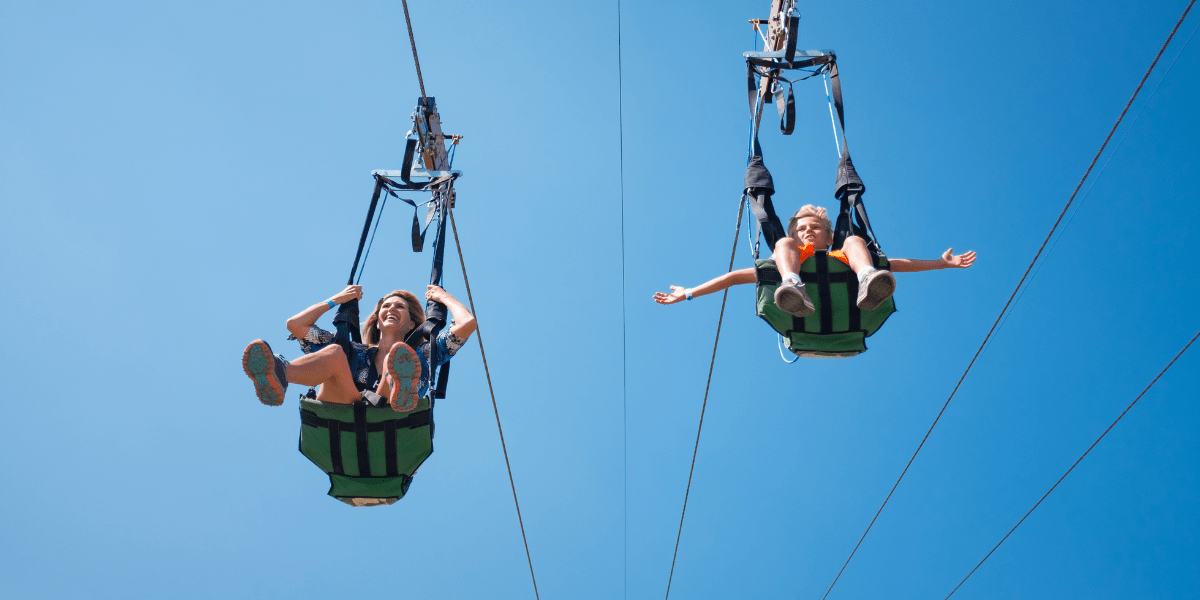
Ziplining has become a thrilling adventure activity enjoyed by people worldwide. As zipline courses grow in popularity, operators face increasing pressure to ensure safety, improve user experience, and optimize throughput. A critical component of any zipline course is its braking system. This article explores the evolution of zipline braking systems, modern advancements, and best practices for ensuring safe and efficient operations.
What is Zipline Braking?
Zipline braking refers to the process of slowing down or stopping riders as they approach the end of a zipline. Without an effective braking system, riders risk overshooting the platform or colliding with obstacles, leading to potential injuries. Modern zipline braking systems are designed not only to ensure safety but also to enhance the overall user experience. With advancements in technology, operators now have access to automated and fail-safe braking mechanisms that minimize human error and improve efficiency.
The Evolution of Zipline Braking Systems
Ziplining has transformed from a simple thrill into a sophisticated adventure activity that combines engineering precision with customer excitement. A key part of this evolution is the braking system, which ensures riders stop safely and efficiently at the end of their run. Early zipline courses relied on basic methods, but as demand for faster and longer rides grew, operators had to modernize their systems to meet safety and performance standards. Let’s explore how zipline braking systems have evolved over time.
From Gravity Brakes to Modern Solutions
In the early days of ziplining, gravity braking was the go-to method. This system relied on a U-shaped cable design where riders would naturally slow down due to gravity as they ascended toward the platform. While cost-effective, gravity brakes had significant drawbacks:
- Riders often failed to reach the platform, requiring guides to perform time-consuming rescues.
- Throughput suffered as delays accumulated, reducing the number of riders served per day.
- Safety risks increased when heavier riders overshot platforms or lighter ones got stranded.
As ziplining evolved into a commercial activity, these inefficiencies made gravity brakes obsolete. Today’s systems focus on automation and reliability, ensuring smoother operations and improved safety standards.
Types of Zipline Braking Systems
The choice of braking system can make or break (pun intended) a zipline course. Each type has its own strengths and weaknesses, depending on the course design and operational goals. Here’s an overview of the most common types used today.
1. Active Braking (Hand Braking)
Active braking requires riders to manually slow themselves down by pressing gloved hands against the cable. While simple and inexpensive, this system has several risks:
- Riders may brake too early or too late, leading to collisions or incomplete runs.
- It places significant responsibility on participants, increasing the likelihood of errors.
Due to these limitations, active braking is less common in professional zipline courses today.
2. Gravity Braking
As mentioned earlier, gravity braking relies on cable design to slow riders naturally. However, its inefficiency in commercial settings has led to its decline.
3. Magnetic Braking
Magnetic brakes use magnets to create resistance as riders approach the platform. This system is highly effective because:
- It operates passively without rider input.
- It provides consistent performance regardless of rider weight or weather conditions.
Magnetic braking is one of the most advanced and reliable systems available today.
4. Spring or Impact Braking
Spring or impact brakes use physical barriers like springs or bungee cords to absorb energy and stop riders. These systems are commonly used as backup brakes but can also serve as primary systems in shorter courses.
Spring brakes, also referred to as impact brakes, are a staple in modern zipline braking systems, particularly as Emergency Arrest Devices (EAD). These systems are designed to absorb the kinetic energy of riders and bring them to a safe stop in scenarios where the primary brake system fails or when additional stopping power is required. Their implementation as EADs is highly successful in professional zipline installations due to their simplicity, reliability, and durability.
By integrating spring brakes as EADs, operators not only comply with safety standards set by organizations like ACCT and ASTM but also enhance customer confidence in the course’s safety measures. This dual-layered braking approach—combining primary systems like magnetic brakes with spring-based emergency backups—creates a fail-safe environment that prioritizes both safety and operational efficiency.
5. Automated Braking Systems
Automated systems are considered the gold standard in modern ziplining. These systems combine magnetic or spring brakes with automated reset mechanisms that prepare for the next rider without manual intervention. Benefits include:
- Reduced human error.
- Faster throughput as guides spend less time resetting brakes.
- Enhanced rider safety and satisfaction.
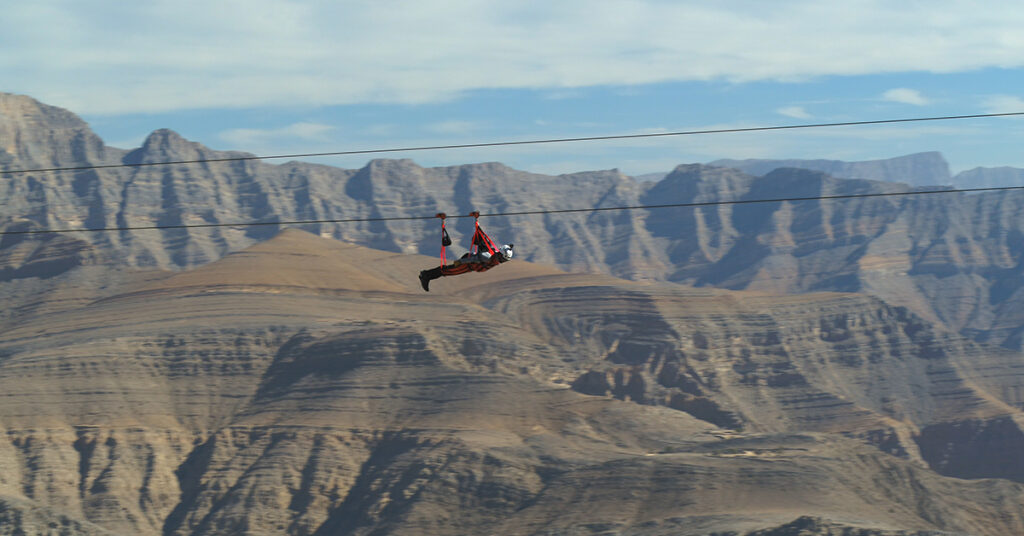
Key Considerations for Choosing a Zipline Brake System
When designing a zipline course, selecting the right braking system is crucial. Here are some factors operators should consider:
1. Rider Safety
Safety is paramount in any adventure activity. A braking system must be fail-safe and meet industry standards set by organizations like the Association for Challenge Course Technology (ACCT) and ASTM International.
2. Throughput Efficiency
Throughput refers to how quickly riders can move through a course. Automated braking systems significantly improve throughput by minimizing delays caused by manual resets or rescues.
3. Weather Conditions
Outdoor ziplines are subject to varying weather conditions like wind and rain. A reliable braking system should perform consistently regardless of environmental factors.
4. Maintenance Requirements
Durability and ease of maintenance are essential for long-term cost-effectiveness. Automated systems often require less frequent maintenance compared to manual alternatives.
5. User Experience
A smooth braking experience enhances customer satisfaction and encourages positive reviews—critical for attracting new visitors in a competitive market.
Modern Trends in Zipline Braking Systems
As ziplining continues to grow in popularity, operators are embracing new trends that prioritize safety, efficiency, and customer experience. Here are some key developments shaping the future of zipline braking systems.
1. Increased Automation
Automation has revolutionized ziplining by reducing reliance on human intervention during braking operations. Automated systems not only improve safety but also free up guides to focus on customer engagement.
2. Focus on Fail-Safe Mechanisms
Fail-safe designs ensure that even if one component fails, backup systems prevent accidents. For example, many courses now use dual-layered braking setups with both primary and emergency brakes.
3. Customization for Unique Courses
Modern zipline courses often feature varied lengths and speeds within a single tour. Braking systems are now tailored to accommodate these differences, ensuring consistent performance across all lines.
4. Enhanced Training for Guides
While advanced technology minimizes risks, well-trained guides remain essential for monitoring operations and responding to emergencies effectively.

Why Automated Braking Systems Are the Future
Automated braking systems represent the pinnacle of modern ziplining technology. By eliminating manual processes and reducing rider involvement in braking, these systems offer unparalleled benefits:
- Improved safety: Riders don’t need specialized skills to slow down safely.
- Faster operations: Automated resets allow more riders per hour.
- Lower liability: Fewer accidents mean reduced legal risks for operators.
- Better user experience: Riders can focus on enjoying their adventure without worrying about technical details.
For operators looking to modernize their courses, investing in automated solutions is a no-brainer.
Conclusion
Zipline braking systems have come a long way from their humble beginnings with gravity brakes. Today’s advanced technologies prioritize safety, efficiency, and user satisfaction—key factors for success in an increasingly competitive industry. Whether you’re designing a new course or upgrading an existing one, choosing the right braking system can make all the difference in ensuring smooth operations and happy customers.
FAQs
1. What is the safest type of zipline brake?
Automated braking systems are considered the safest because they minimize human error and operate passively without requiring rider input.
2. How does magnetic braking work?
Magnetic brakes use magnets to create resistance as riders approach the platform, slowing them down smoothly without physical contact with the cable.
3. Can weather affect zipline braking performance?
Yes, weather conditions like wind can impact arrival speeds on ziplines. Modern braking systems are designed to perform reliably under various environmental conditions.
4. Why is throughput important for zipline operators?
Throughput affects how many customers can use a course in a given time period. Higher throughput means shorter wait times for riders and increased revenue for operators.
5. Are manual brake systems still used in commercial ziplines?
Manual systems like hand braking are rare in professional settings due to their higher risk of errors and lower efficiency compared to automated solutions.
Beyond the Basics: Unveiling Zipline Technology with Expert Analysis
Intrigued by the potential of Zipline technology? You’ve come to the right place! This article provides a solid foundation. But if you’re eager to delve deeper and gain insights from industry experts, keep reading…
- Zip Line Design: Components for a Complete System
- Considering operating and investing in a zipline?
- 9 Zipline Mistakes You Don’t Know You’re Making
- Magnetic Zipline Braking: A Revolutionary Way to Ensure Safe Rides
- Pros and Cons of Different Zip Line Brakes
- Expert Tips for Zip Line Brake Installations
- White Paper on Zipline Emergency Arrest Devices (EAD)
- The Importance of Optimizing Zip Line Design for Rider Speed
- Does your zip line need an emergency arrest device?
- The Magnetic Self-braking Zipline pulley
- Zipline Braking and landing considerations
- Why Zip Line Trolley Bearings Matter
- Whitepaper: Zipline Braking Dynamics
- Zip Line Installation: Give them the Best Ride
- How to startup a Successful Zip Line Business
-
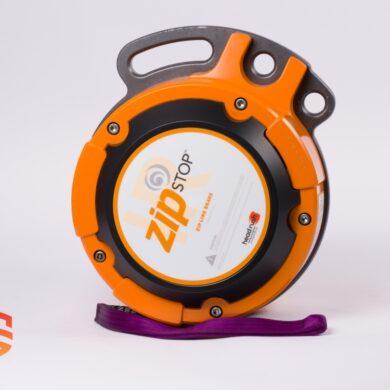 zipSTOP IR Zipline Brake | 24 – 60 kph€ 5.649,00 – € 5.799,00 Ex VAT
zipSTOP IR Zipline Brake | 24 – 60 kph€ 5.649,00 – € 5.799,00 Ex VAT -
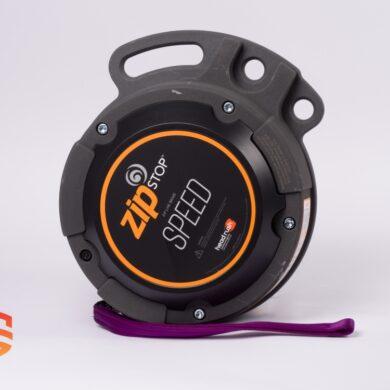 zipSTOP SPEED Zipline Brake | 50 – 72 kph€ 6.099,00 – € 6.349,00 Ex VAT
zipSTOP SPEED Zipline Brake | 50 – 72 kph€ 6.099,00 – € 6.349,00 Ex VAT -
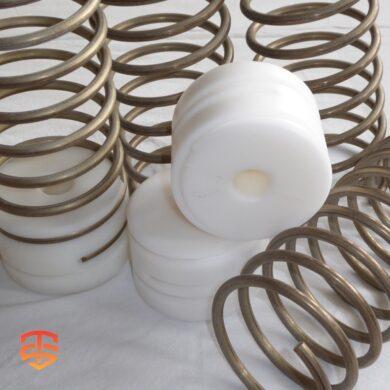 Spring Brake System | Primary & EAD zipline brake€ 80,00 Ex VAT
Spring Brake System | Primary & EAD zipline brake€ 80,00 Ex VAT







